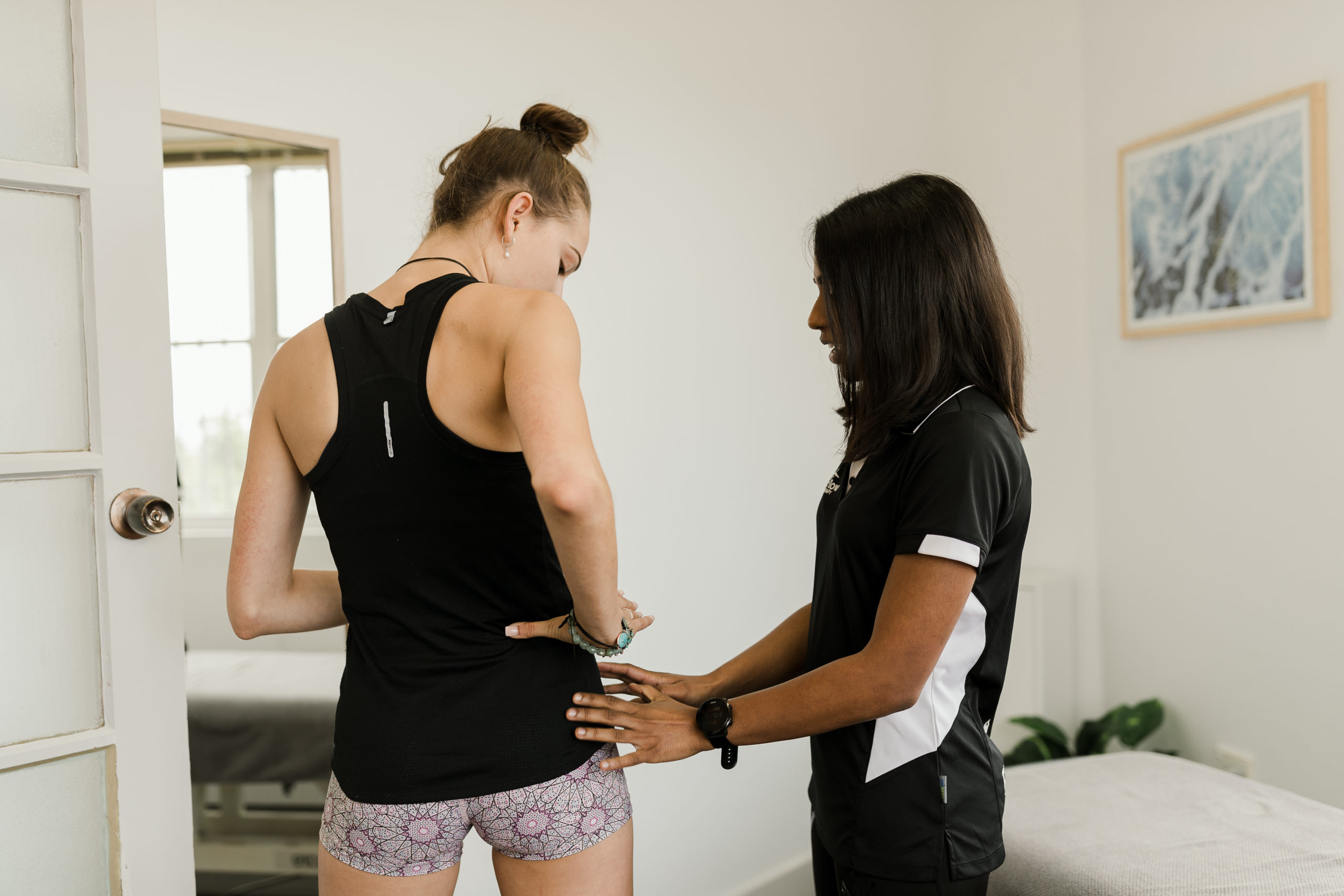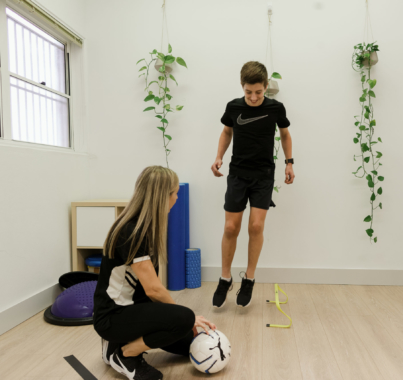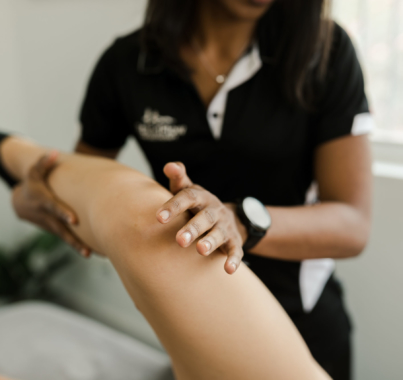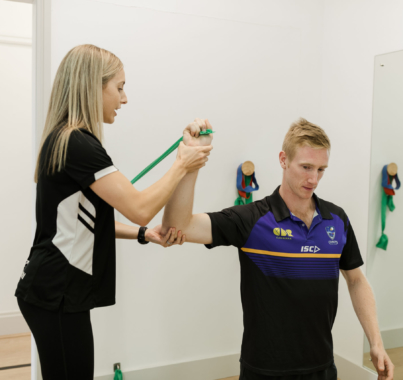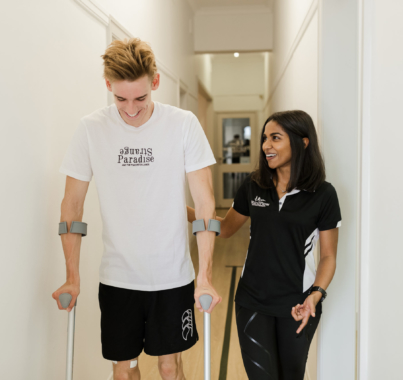Do you find yourself asking, “why is my hip sore?” … You’re not alone!
Approximately 10% of the population grapple with hip pain, a figure that tends to rise as we age.
Pain in this region can originate from multiple structures and so gaining an accurate diagnosis from your physiotherapist can narrow down the cause of your pain… is it muscle, tendon, ligament, cartilage or bone?
It’s all in the assessment:
Determining the source of your hip pain begins with a comprehensive assessment.
When you first present to your physiotherapist with hip pain, they will take a thorough history to try and narrow down the potential sources of your hip pain.
From there, they will run through a series of tests and movements to stress different structures in your hip and try to elicit your pain.
They may need to send you for more scans or tests on the hip or they may have enough information to start you on a treatment and rehabilitation plan!
Let’s delve into some of the questions your physiotherapist might pose (and why!):
Locating the Pain: Can you precisely pinpoint the area of your hip that’s causing discomfort? Identifying the specific location aids in narrowing down potential culprits, whether it’s anterior (at the front), lateral (on the side), or posterior (in the back) hip pain.
Age Matters: How old are you? Different age groups are predisposed to distinct hip pain diagnoses. For instance, certain injuries are more prevalent in children and adolescents, such as Legg-Calve-Perthes and Slipped Capital Femoral Epiphysis, respectively. Labral tears are more common in adolescents to older adults and osteoarthritis is more common in older athletes.
Onset of Pain: Did your pain start suddenly or gradually over time? E.g. when it comes to a muscle or tendon injury, acute mechanisms hint at muscle or tendon tear, whilst a gradual onset suggests overuse tendinopathy. The ability to differentiate between a tear and tendinopathy will not only guide your diagnosis but also your management and timeframes for your return to activity!
Associated Symptoms: Are there accompanying symptoms like clicking, catching, snapping, or limping? Whilst some hip pain and associated symptoms point more towards a hip joint injury, hip pain can also be caused by lower back and pelvic injury and so your physiotherapist will also need to assess these areas as well as your hip!
If you’re grappling with hip pain, reach out and let one of our hip pain physiotherapists establish a diagnosis and your plan of management!


